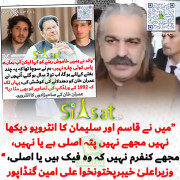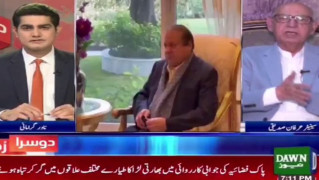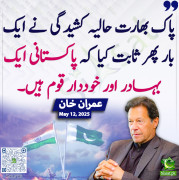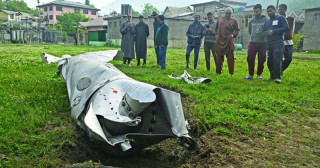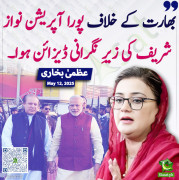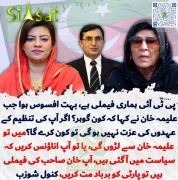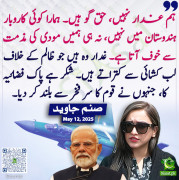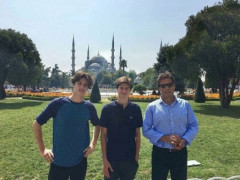
(Hegnar.no): If the landing is not hard for China, it looks ugly for another one of Asia's largest economies - India.
Economics editor Larry Elliott, the British newspaper The Guardian, writes that India is at a critical phase, and characterizes the development as the return of the Asian crisis in 1997/98.
"Hot money" runs away
The past two years, the Indian rupee has depreciated 44 percent, and on Monday hit the all time low against the dollar. It is an expression of great mistrust.
While plunging stock market, bond yields are just under 10 percent and capital flows out of the country.
Elliot points out that an emerging economy developing rapidly attracting attention from foreign investors. Investments within the coming together of "hot money" which bypasses capital control.
- The inflow of capital exchange vows, making imports cheaper and exports more expensive. The trade deficit is inflated, the growth slows, deep-seated structural flaws are more visible and "hot money" runs away, he writes in his blog.
And he points to India as an example of such a development.
What does Bernanke?
Rupee sharp fall is now also triggered by speculation that the Federal Reserve is considering slowing the pace of the printing press in the next month.
Elliot also believe that this has implications for all emerging economies and the fear of lower stimulus means slower growth in the United States, with a knock-on effect on exports from developing countries.
- Secondly, the high-yield currencies such as the rupee earned global investors looking for returns. Tightens the U.S. monetary policy, the dollar more attractive and less attractive rupee continues Elliott.
India's first down in the ditch?
He points out that while the Indonesian rupiah and the South African rand also get to taste the roast, it is India, with its large trade and budget deficits, which end up in an accident.
Crises in Emerging Economies go through three phases: In phase 1 does not make any politicians in the hope that the problems will disappear by itself. In phase 2 quick together some halvveise crisis measures in panic. In Phase 3, they cry either the IMF or fail to come up with its own plan.
India is moving into Phase 3, according to Elliot.
http://www.dagbladet.no/2013/08/20/nyheter/okonomi/hegnarno/asia/india/28807600/






